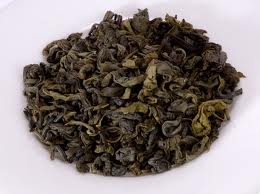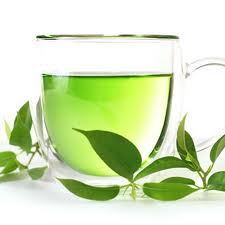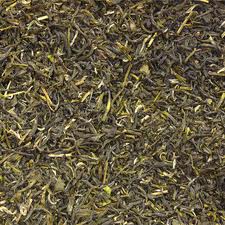GREEN TEA

OSWAL SYNDICATE

Green tea is made solely from the leaves of Camellia sinensis that have undergone minimal oxidation during processing. Green tea had originated from China and has associated with many cultures throughout Asia. It has recently become more widespread in the West, where black tea is traditionally consumed. Many varieties of green tea have been created in countries where they are grown. These varieties can differ substantially due to variable growing conditions, horticulture, production processing, and harvesting time.
Green Tea Online Shopping
Over the last few decades green tea
has been subjected to many scientific and medical studies to
determine the extent of its long-purported health benefits, with
some evidence suggesting that regular
green tea drinkers may have a lower
risk of developing heart disease and certain types of cancer.
Green tea does raise the metabolic rate to
produce weight loss, a green tea extract
containing polyphenols and caffeine has been
shown to induce thermogenesis and stimulate fat oxidation,
boosting the metabolic rate, without increasing the heart rate.
According to a survey released by the United States Department
of Agriculture, the main content of flavonoids
in a cup of green tea is higher than that in the same volume of
other food and drink items that are traditionally considered of
health contributing nature, including fresh fruits, vegetable
juices or wine. Flavonoids are a group of phytochemicals in most
plant products that are responsible for such health effects as
anti-oxidative and anticarcinogenic functions. However, based on
the same USDA survey, the content of flavanoids may vary
dramatically amongst different tea products.

Steeping is the process of making a cup of tea;
it is also referred to as brewing. In general, two grams of tea
per 100ml of water, or about one teaspoon of green tea per five
ounce cup, should be used. With very high-quality teas like
gyokuro, more than this amount of leaf is used, and the leaf is
steeped multiple times for short durations.
Green tea steeping time and
temperature varies with different tea. The
hottest steeping temperatures are 81°C to 87°C (180°F to 190°F)
water and the longest steeping times two to three minutes. The
coolest brewing temperatures are 61°C to 69°C (140°F to 160°F)
and the shortest times about 30 seconds. In general,
lower-quality green teas are steeped hotter and longer,
while higher-quality teas are steeped
cooler and shorter. Steeping
green tea
too hot or too long will result in a bitter, astringent brew,
regardless of the initial quality. It is thought that
excessively hot water results in tannin chemical release, which
is especially problematic in green teas, as they have higher
contents of these. High-quality green teas can be and usually
are steeped multiple times; two or three steepings is typical.
The steeping technique also plays a very important role in
avoiding the tea developing an overcooked taste. It is common
practice for tea leaf to be left in the cup or pot and for hot
water to be added as the tea is drunk until the flavor degrades.

Green tea has been credited with providing a wide variety of health benefits, many of which have not been validated by scientific evidence. These claims and any for which academic citations are currently missing:
GREEN TEAS, BLACK TEAS, CTC TEAS, FLAVOURED TEAS, INDIAN TEAS, WHITE TEAS, HAND MADE TEAS, HOW TO MAKE TEA, HOW TO DRINK TEA, INDIAN TEA, GREEN TEA, BLACK TEA, CTC TEA, NILGIRI TEA